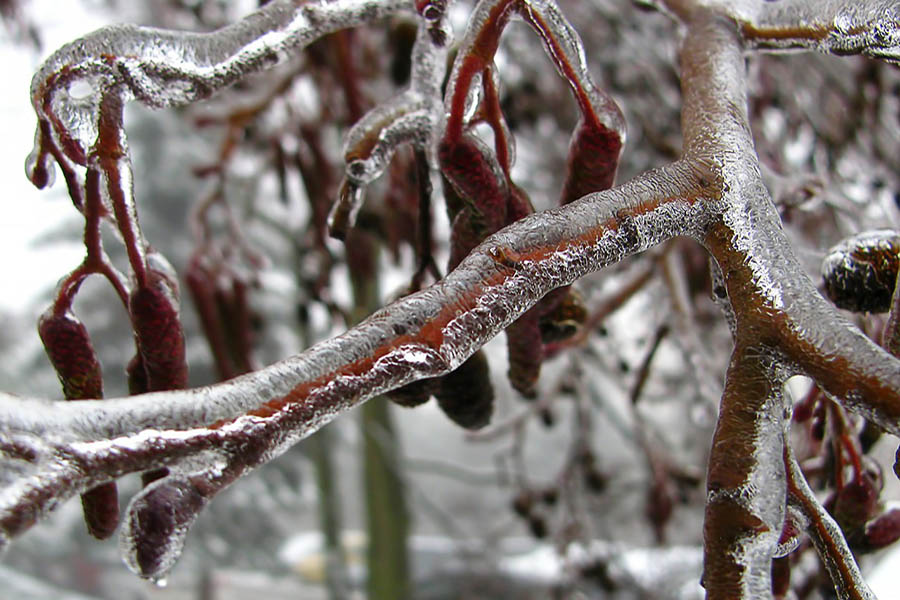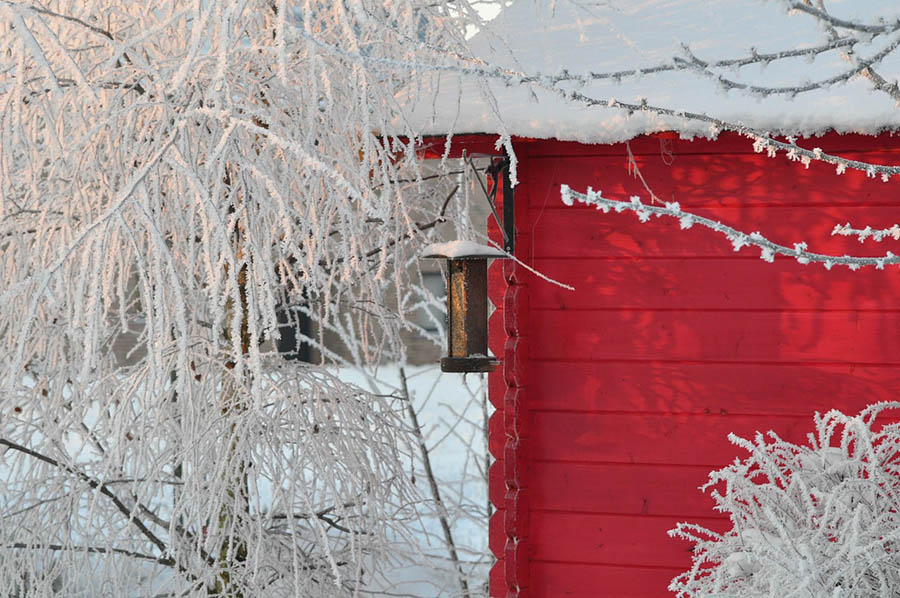Winter storm damage
Winter damage is inevitable, but savvy gardeners anticipate the potential problems and know how to compensate to ensure that their plants, trees and shrubs continue to thrive. In fact, skilled gardeners take preventive steps before winter sets in. In general, watering your plants until the ground freezes in autumn is one way to mitigate damage, and mulching the plants well is another.
It’s difficult to assess damage until the temperature rises and plants come back to life. During the winter, plants store energy in their roots and stems and the release of this energy during the warmth of spring causes flowers and leaves to develop. If, instead, your plants are brown and lifeless, winter may have killed parts of them.
Let’s look at some of the common winter concerns and the remedies you can employ to keep your garden healthy.
Dealing with broken branches
Don’t be in a hurry to clear away branches downed during a snowstorm, unless they pose a danger. By waiting until winter is drawing to a close to do your pruning, you can stimulate new growth. Cut back branches and twigs to within .65 centimetres of a live bud, or to the branch collar for the nearest live branch.
If too many branches have been broken, consider replacing your plant. Next year, consider removing partially dead or weak branches before the onset of winter to make trees and bushes less susceptible.
If heavy snow accumulates on live branches, take a broom and knock it off with an upward motion. You’ll prevent heavy snow from weighing branches down and causing them to crack.
Protect plants from frost

When the temperature fluctuates so that the soil freezes, then thaws, plants with shallow roots, such as azaleas, can get pushed out of the soil. Their roots don’t have much contact with the soil and they can be dried out by the wind.
If the soil forces the plant out of the ground, replant it as soon as the soil thaws. If it’s a small plant, you may have success pushing it back into the ground with your fingers. Next year, consider using mulch around the base of the plants, because it helps maintain a more constant temperature at the base of the plants.




